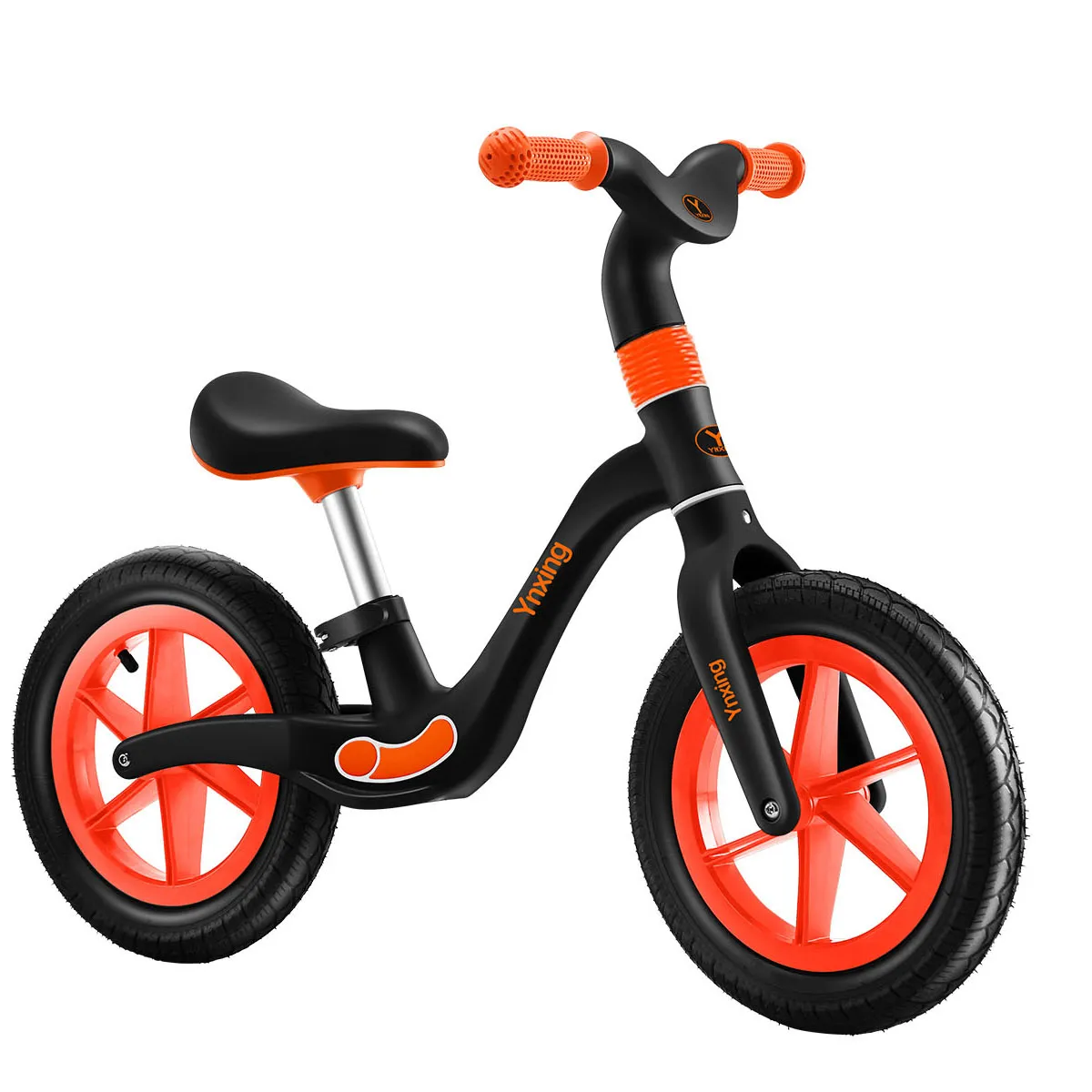mountain bike and road bike difference
Understanding the Differences Between Mountain Bikes and Road Bikes
When it comes to cycling, choosing the right type of bike can significantly enhance your riding experience. Two of the most popular categories are mountain bikes and road bikes. While both serve the purpose of providing transport and recreation, they are designed for different terrains and riding styles. Understanding the differences between these two types of bikes will help you make an informed decision and optimize your cycling adventures.
1. Design and Geometry
The first noticeable difference lies in the design and geometry of the bikes. Mountain bikes are built for stability and control on uneven terrain. They typically feature a rugged frame, a more upright riding position, and slack angles that help the rider maintain control over obstacles like rocks, roots, and steep inclines. The geometry of mountain bikes promotes maneuverability, allowing cyclists to navigate challenging trails with ease.
In contrast, road bikes are designed for speed and efficiency on paved surfaces. They have a lighter frame, a more aerodynamic riding position, and steeper angles that allow for a more aggressive posture. This design facilitates faster pedaling and better handling on smooth roads, making road bikes ideal for long-distance rides and competitive racing.
2. Tires and Wheels
The tires and wheels on mountain bikes and road bikes are fundamentally different. Mountain bike tires are wider and knobbier, providing better traction on loose and uneven surfaces. The increased volume of these tires allows for lower air pressure, which is essential for absorbing shocks and improving ride comfort on rough terrain.
Road bikes, on the other hand, feature narrower tires with a smooth tread pattern. This design minimizes rolling resistance, enabling cyclists to reach higher speeds on flat surfaces. The tires are usually inflated to a higher pressure, which enhances efficiency on paved roads but offers less comfort on bumpy terrain. The distinction in tire design reflects the intended use of each bike durability and grip for mountain bikes versus speed and efficiency for road bikes.
3. Suspension Systems
Another significant difference between mountain bikes and road bikes is the type of suspension systems they utilize. Many mountain bikes come equipped with either a hardtail (front suspension only) or a full-suspension system (both front and rear suspension). These suspension systems are crucial for absorbing shocks and impacts while riding over rough surfaces, enhancing control and comfort on trails.
mountain bike and road bike difference

Road bikes generally do not have suspension systems. The design prioritizes a rigid frame that maximizes power transfer from the pedals to the wheels. While some road bikes may incorporate features like vibration-damping technologies or endurance geometries to improve comfort, the focus remains on maintaining speed and efficiency on flat, smooth roads.
4. Braking Systems
Braking mechanisms also differ between mountain and road bikes. Mountain bikes often utilize disc brakes, which provide strong stopping power and perform well in wet or muddy conditions. Disc brakes are advantageous when riding downhill or navigating steep trails, where reliable braking is essential.
Road bikes predominantly use rim brakes, which are lighter and simpler but may not perform as well in adverse weather conditions. However, many modern road bikes are increasingly adopting disc brakes for better performance and control, especially in competitive racing scenarios where weather conditions can vary significantly.
5. Purpose and Usage
Understanding the intended use of each bike type is crucial for potential buyers. Mountain bikes are tailored for off-road adventures, making them perfect for riders who enjoy trails, rocky paths, and steep climbs. They are versatile for various terrains, including singletrack, dirt paths, and forested areas.
Conversely, road bikes are designed for speed and long-distance travel on paved roads. They are ideal for cyclists who enjoy road racing, endurance rides, or commuting on city streets. The lightweight design and streamlined shape of road bikes encourage longer rides at high speeds.
Conclusion
In summary, the differences between mountain bikes and road bikes stem from their design, geometry, tires, suspension systems, braking mechanisms, and intended uses. While both bike types offer unique benefits, your choice should be guided by your riding style and the terrain you plan to tackle. Whether you’re conquering mountain trails or cruising down open roads, knowing the distinction between mountain bikes and road bikes will ensure you select the best bike for your cycling needs. Happy riding!
-
Unlock Adventure and Confidence with Our Premium Kids' Bikes CollectionNewsAug.27,2025
-
Fun and Safe Adventures with Our Premium Kids Scooter CollectionNewsAug.27,2025
-
Exciting Adventures Begin with Our Premium Kids Mini Bike CollectionNewsAug.27,2025
-
Empower Your Child’s First Ride with Our Premium Kids Balance Bike CollectionNewsAug.27,2025
-
Discover the Ultimate Convenience and Safety with Our Kids Tricycle CollectionNewsAug.27,2025
-
Discover Fun and Development with Our Premium Swig Car CollectionNewsAug.27,2025
-
Kids Scooter Tiny Olympic Games: Scooterathlon!NewsAug.22,2025








